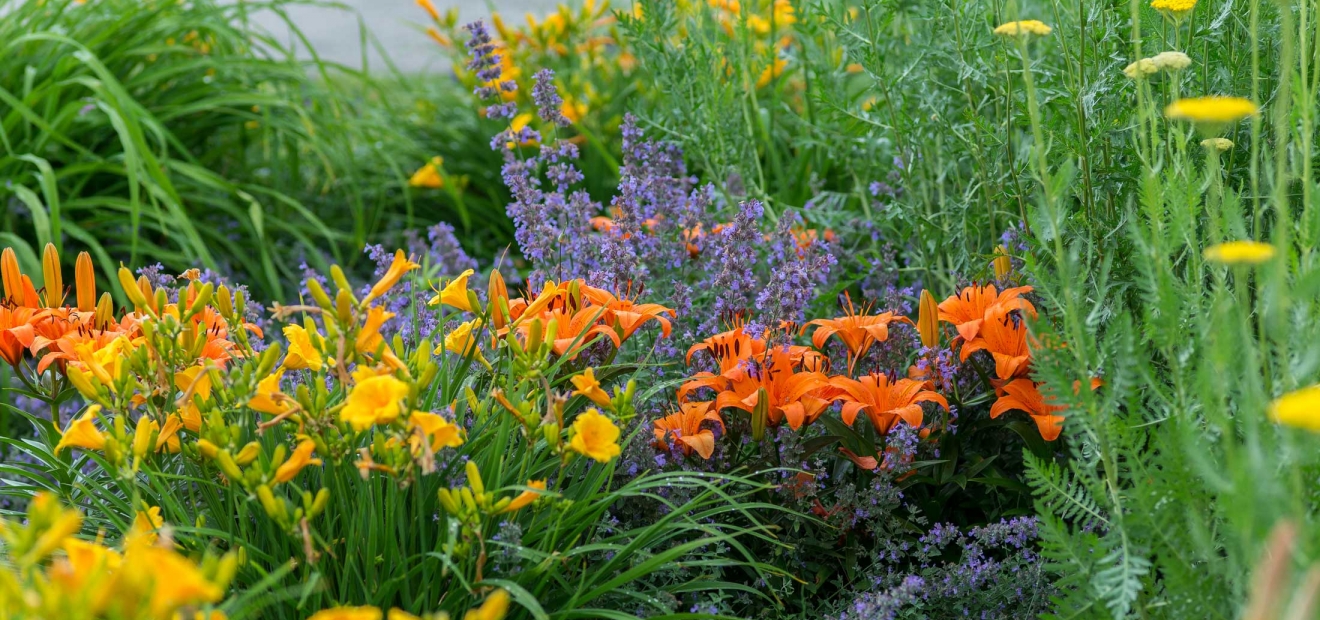The Garden Post
June Gardening Tips
Come June, it may be tempting to simply sit back and enjoy your garden, but now is the time to turn to the true aspects of gardening — tending to your plants and reaping the rewards. Keep in mind that you are not the only one who enjoys what you’ve planted. We’re entering peak pest and problem season. So start (or refuel) your gardening engines and choose a few tasks from June’s to do gardening list.
- Has your spring been somewhat less than a sunny, gardener’s delight? Haven’t had enough time to get the garden looking quite right yet? ‘Color Spots’ may be your quickest and easiest way of catching up with the neighbors. Color Spots are larger landscape size (6”) annuals blooming and ready to set in the garden. Plant them in groups and you’ll have summer colors before the sun sets.
- Fertilize with Dynamite and water.
This is an excellent month to pick out a few new perennials, and plant them in the garden. After all, June is National Perennial Month! - As the weather dries out, your container grown plants may need daily watering especially if the pots are exposed to the drying sunlight. To reduce plant watering, use Soil Moist granules which absorb and releases water in soil.
- Control dandelions and other lawn weeds in the lawn with Bonide Weed Beater Ultra.
- Keep new plants well watered. See our watering guide, “Water With Purpose” for instructions.
- Japanese Beetles – They’re coming! Apply Bonide Rose Shield for 4 weeks of protection.
- Deadhead annuals, perennials, and summer-blooming shrubs to promote additional blooms. This will also prevent them from self-seeding.
- Fertilize acid loving flowering shrubs like Rhododendrons, Azaleas and Camellias immediately after they have finished flowering with Hollytone.
- Feed your house plants with a good soluble houseplant fertilizer like Bonide Houseplant Fertilizer 10-10-10.
- Change the water in your bird bath regularly. Standing water may become a breeding ground for mosquito larvae.
- Continue to watch for insect or disease damage throughout the garden, and take the necessary steps to control the problem. Bring in a small limb with leaves or a picture and we can help diagnose the problem.


